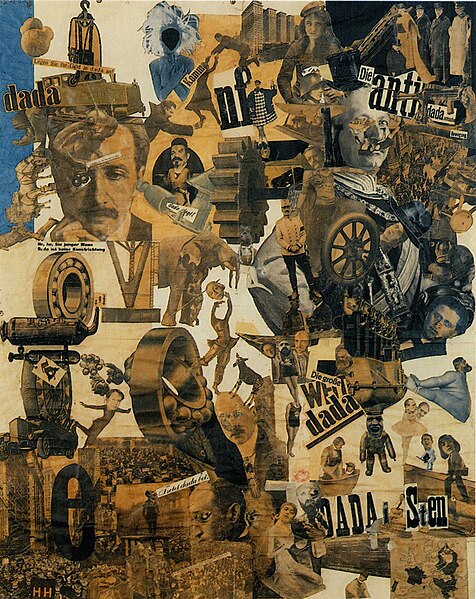@Ionus,
OK, I'll have a go ... on the condition that this doesn't turn into an endless argument, OK? If what I say makes no sense to you or you totally disagree, then we'll have to agree to see things differently. I'm not attempting to persuade you that my way is the only way, OK?

First of all, an artwork doesn't have to be "artistic" or "appealing" or a vision of "perfection" to be considered "good" art. (Some artworks are deliberately ugly, to provoke another sort of response entirely from the observer. Artists can have any number of different purposes in their work.) As well, personal responses from different people to any one piece of art can vary incredibly. For example, one person might consider the
Mona Lisa (your example) a serene & beautiful depiction of a woman with an enigmatic smile from a particular time in history. Another person might not find her particularly appealing at all, might even find her pretty unattractive & "unfeminine". Yet another person might have absolutely no response to the Mona Lisa at all. (The same as there could be any number of different responses to say, a piece of music, a book, or a particular poem ... )
In the case of
Blue Poles, my
subjective response was to to be impressed by the sheer size & scale of it. Aesthetically, I loved the way the poles broke up the composition. The overlays of almost "accidental" splashes of different colours, dribbled textured colours, appealed to me, both aesthetically & also in a tactile sense: I wanted to touch the surface of the painting. I liked the way that light played on the surface of the painting. I responded to it in an emotional sense, too. I found it exciting. Somehow this whole complex mish-mash of different responses at the one time meant that
Blue Poles worked for me. Now the person standing next to me might have a "My five year old could do better than that!" reaction. Another person could have had a

reaction. The point is,
everyone does not have to see such any artwork in exactly the same way. It is up to the person looking at it to come to their own conclusions about it.
Of course, it helped (in terms of
my response) that I already knew quite a bit about Jackson Pollock & how he worked, what his aims were. There is no way I could have looked at that painting and not have
seen him working on a gigantic canvas spread over his studio floor, dripping & dribbling paint in a sort of deliberate yet anarchistic way. And that, naturally, added another dimension to my response.
That's about as good a response to your question that can give.
And an
entirely different response to this one, a collage by an artist called
Hannah Hoch, produced around the time of WW1 . I find this one absolutely fascinating, not for the technical brilliance, or anything like that. It's because of the "message" (if you like) & the political & historical circumstances
she was responding to. The Dadaists, including Hannah Hoch, were responding to the rise of fascism in their artworks. The intention was to communicate with their audience in an entirely different way than, Leonardo, or Jackson Pollock. And, of course the response from the viewer will be quite different, too. I love looking at all the details, the bits & pieces that comprise the whole, to "read" what she attempted trying to communicate.
 http://en.wikipedia.org/wiki/File:Hoch-Cut_With_the_Kitchen_Knife.jpg
http://en.wikipedia.org/wiki/File:Hoch-Cut_With_the_Kitchen_Knife.jpg
... & for the utterly beautiful, combined with artistic vision & skill, I present you with
Monet. Now you have no argument with
this, surely?

:
